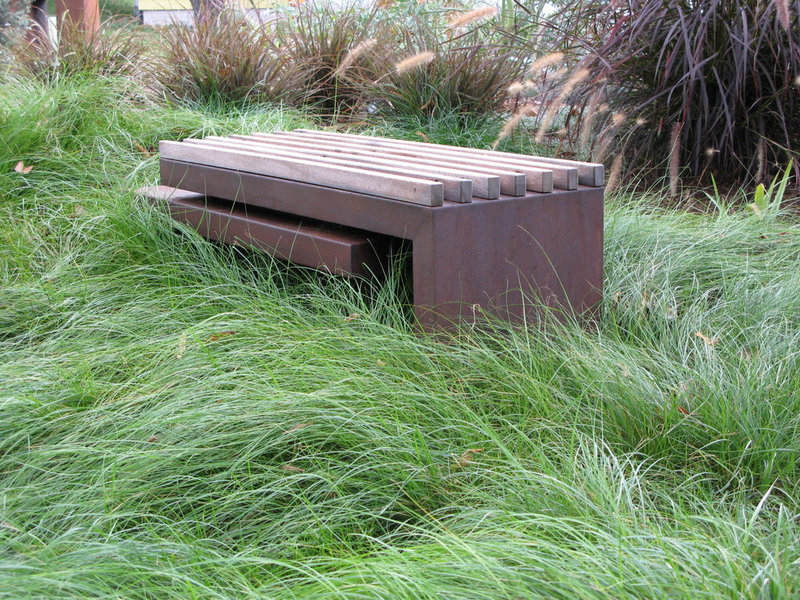I’m already nostalgic for this past summer. Warm days spent frolicking outside, picnics, ice cream, birds chirping and the nonstop sound of lawnmowers as the smell of freshly cut grass wafts over the garden. But that sweet grass smell is a chemical reaction, a warning signal that the lawn has been wounded and now it’s now open to attack by pests. And as a nation, the U.S. tosses 23 million tons of lawn clippings a year into already bursting landfills — material that could be turned into free fertilizer, namely compost.
Television and radio ads work hard to convince you that your landscape is imperfect and impure if you don’t slave over it, using fertilizers and pesticides and weed killers. Images of suburban cowboy husbands persist, wrangling weeds and farming one of the largest and most useless crops in the world.
Lawns are a noble’s ideal, literally, and since the 1800s Americans have been trying to emulate expansive aristocratic estates in Europe on quarter-acre lots. What’s the deal with lawn? And how and why should we lose some of it?
What is beautiful in nature can be quite subjective. A person’s idea of beauty in the desert Southwest surely is much different than someone’s idea in New England. Of course that’s OK, but I bet those ideas of beauty are based on regional, native, wild habitats, and of personal experiences living in those places that define cultural and personal ideals. It doesn’t matter whose idea is “better” or “right,” only that those beliefs lead to healthy people, plants and wildlife. All gardeners have choices that lead to the well-being of all life under our care, including our own. Prairie, forest, desert, marsh — it’s all relative. In the photo here, do you wish to be in the lawn, or the garden? Or is the juxtaposition of the two somehow enticing? Which is more in tune with its region, and in turn, gets us in tune with our home ground? |
If you love the look of grass but don’t need a baseball field (most folks don’t, unless you live in Iowa), consider letting your grass grow longer — or converting to native, water-sipping grasses like blue grama, buffalo and sideoats grama (just a few among many). Lots of places also sell no-mow seed mixes designed to be drought tolerant with slow growth habits but that mimic traditional lawns. If you let your lawn grow taller, the roots will go deeper and the blades will shade the soil, trapping more moisture. Besides, doesn’t the bench and grass area here look stunning? With lawns taking up the same square footage in the U.S. as New York state, we have to ask ourselves: Do we really need all of that lawn, or is it just a default landscape setting? What are we sweating, spraying and fertilizing for? http://www.houzz.com/ideabooks/17387539/list?utm_source=Houzz&utm_campaign=u362&utm_medium=email&utm_content=gallery0 |


